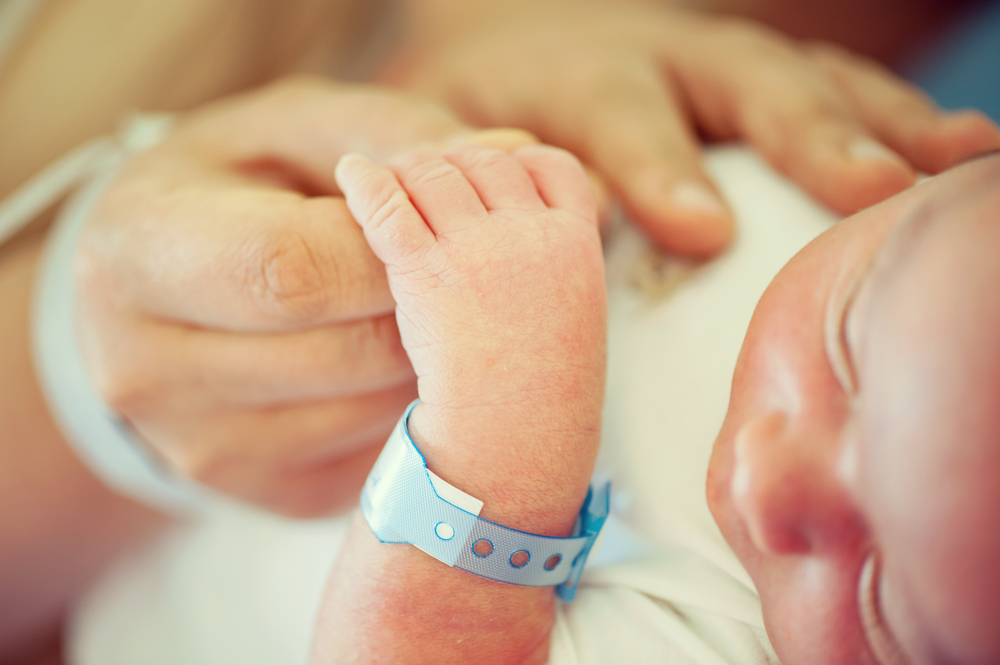Fallot’s tetralogy is an uncommon disorder caused by a set of four heart abnormalities that are inborn (congenital).
These abnormalities impair the heart’s structure and provoke oxygen-poor blood to circulate from the heart and through the body. Moreover, Fallot’s tetralogy causes blue-tinged skin in infants and toddlers because their blood does not contain adequate oxygen.
Furthermore, this condition is commonly diagnosed during childhood or right after. Nevertheless, in some cases, Fallot’s tetralogy may not be identified until adulthood. However, this depends on the seriousness of the symptoms and problems.
With early detection and correct treatment, patients who have the condition will fairly live a normal life. However, they will be obliged to have regular checkups, medications, and exercise limitations.


